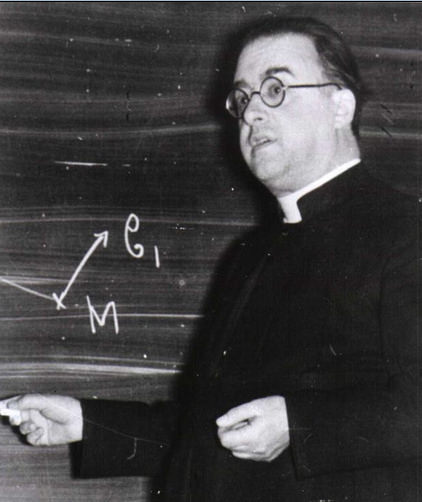
Einstein had once said, "Put your hand on a hot stove for a minute, and it seems like an hour. Sit with a pretty girl for an hour, and it seems like a minute." That was him describing his famous theory of relativity, but if you've chuckled to yourself after reading it, then you are in good company.
Because according to physicist and comedian Rupesh Mahore, physics and comedy have helped him find purpose in life. How so?
Because according to physicist and comedian Rupesh Mahore, physics and comedy have helped him find purpose in life. How so?
Like others in India, Rupesh was brought up (and trained) to believe that engineering was the most respected profession ever. After many years of severe hard work, he managed to enter one of the top institutes in the country, IIT-Delhi.
And to pursue what again? A bachelors degree in textile technology; Rupesh didn't even know if that was a thing, to be honest!
Fast forward to today: Rupesh is a physics student at NIT Rourkela instead, and at the same time, one of the popular faces in Eastern India's comedy circuit, having shared the stage with likes of Zakir Khan, Atul Khatri, Sorabh Pant and others!
 |
| A trio of comics |
Leading English daily The Times of India has described his humour as "intellectual and authoritative". But besides being a comic, Rupesh is an educator as well.
He says, "When teaching physics, there is deep honesty and integrity if I am able to deliver fundamentals of the universe to a student and give a better perspective to it."
He says, "When teaching physics, there is deep honesty and integrity if I am able to deliver fundamentals of the universe to a student and give a better perspective to it."
Rupesh has worked under the guidance of Professor H.C. Verma, best-selling author of Concepts of Physics. Considering his research on materials science, Rupesh has been selected to work at Indian space agency's Laboratory of Electro Optical Systems (LEOS) where he would be working for the mission of Chandrayaan-2 and Gaganyaan.
 |
| With Professor Verma |
But in order to be where he is at today, Rupesh has had to make bold decisions in the past. He dropped out of engineering college in 2016, "If it wasn't for physics, I wouldn't be here," Rupesh adds.
Convincing his family and asking for their support was a difficult phase in life. Talking about it further, he says, "In India, students and their guardians are not aware of the diverse range of career choices available, which has led to students ending up in a flock. We need to see sciences and arts in the right manner to actually live the best life possible."
 |
| canvas laugh club |
In the midst of recognition and fame on stage, Rupesh did not forget his love for physics. To carry out his interests in it, he joined the course of integrated physics at NIT in Rourkela. Here, he completed writing his first research paper on nano-fabrication.
Rupesh says, "For me, physics has allowed me to understand the world for better and stand-up comedy a liberating art form has given me solace." Clearly, his example is enough to inspire any physics student (who also has some sense of humour).













































 Physics, astronomy and science history blog for students
Physics, astronomy and science history blog for students